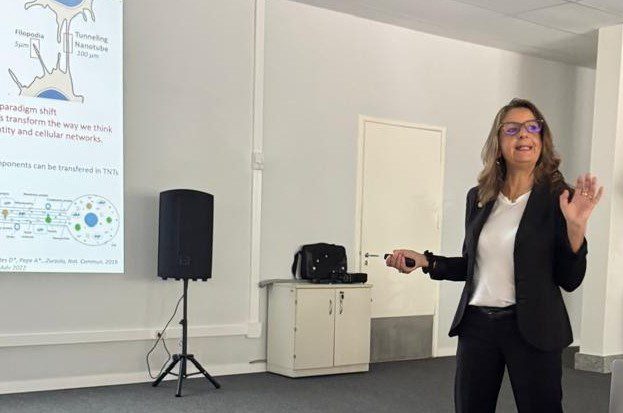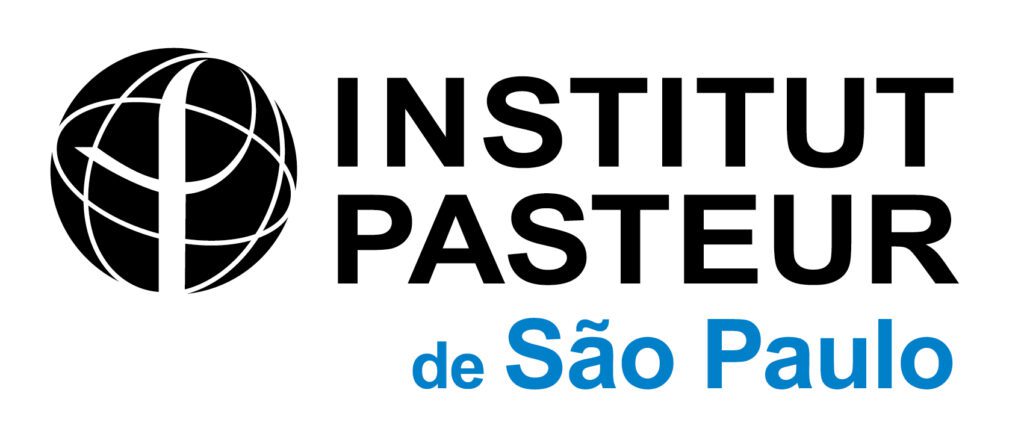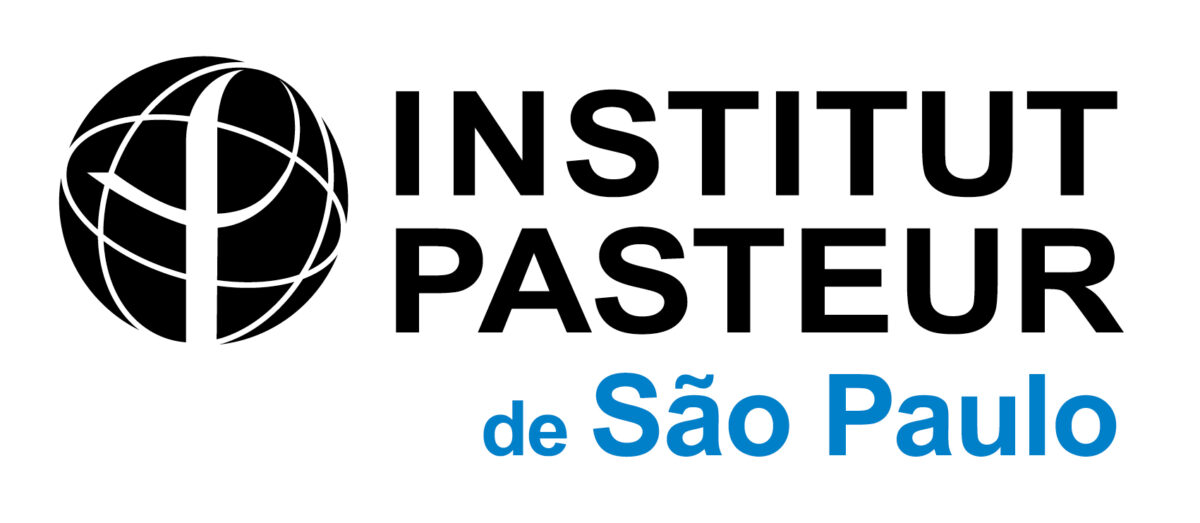Discoveries related to Alzheimer’s disease and cancer were presented at a seminar at the Institut Pasteur de São Paulo
Tunneling nanotubes, microscopic membranous bridges that connect cells and allow the exchange of essential components, may be the key to understanding neurodegenerative diseases and cancer. This was the main message of the international seminar promoted by the Institut Pasteur de São Paulo, where scientist Chiara Zurzolo, the head of the Pathogenesis and Membrane Trafficking Unit at the Institut Pasteur de Paris, presented research that challenges paradigms and opens up new possibilities for medicine. The event was held in São Paulo on February 7th.
According to Zurzolo, scientists believed for a long time that the communication between cells occurred exclusively through chemical signals captured by cell surface receptors. However, she highlighted that “recent studies demonstrate that cells also connect physically, through tunneling nanotubes – microscopic structures that establish bridges for the exchange of ions, proteins and even organelles”.
Zurzolo explained that “these nanotubes are like biological bridges, allowing cells to share not only electrical and chemical signals, but also essential components for cell function and survival in adverse environments”.

Nanotubes and neurological diseases – These discoveries have far-reaching impacts. Zurzolo detailed the crucial role how these structures play in the propagation of misfolded proteins associated with Alzheimer and Parkinson. With an abnormal shape, these proteins become toxic, form aggregates and can move between nerve cells through nanotubes, accelerating the progression of these diseases. In addition, the scientist highlighted that in the presence of proteinaceous aggregates, cells of the brain’s immune system called microglia use nanotubes to transfer healthy mitochondria to damaged neurons, in an attempt to rescue them. This mechanism, however, can be damaged in prolonged inflammatory states, negatively impacting brain function. This raises important questions about how chronic inflammatory processes can affect neuronal regeneration and the progression of neurodegenerative diseases.
Another striking revelation was the role of these structures in cancer progression. “Recent research indicates that highly aggressive tumors use nanotubes to exchange mitochondria and other components between cancer cells, favoring their growth and increasing resistance to treatment,” she said.
Possible therapeutic applications – The study of tunneling nanotubes offers new perspectives for innovative treatments. By understanding these processes, researchers seek to develop strategies to block the spread of defective proteins in the brain or interrupt the exchange of materials between tumor cells, which may result in more effective therapies against devastating diseases.
In addition, scientists are investigating ways to use nanotubes to enhance medical treatments. For example, “the controlled transfer of healthy mitochondria between cells may represent a promising approach to restoring cellular function in patients with degenerative diseases,” the scientist said.
Another innovative approach involves the possibility of using nanotubes to direct the delivery of drugs in the body. Since these structures are capable of connecting cells at a distance, there is enormous potential to develop more specific and effective therapies, reducing the side effects of conventional treatments.



